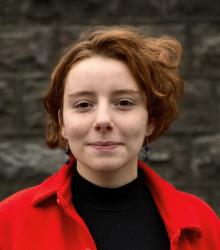
For the 11th year in a row, Iceland is the country ranking first in the World Economic Forum’s Geneva Equality List. The list looks into 14 variables to measure equality, such as political participation, health, education, and employment to see how close women are to being equal to men in the 153 countries.
Unlike Iceland, who is only 12.3 percentual points away from closing the gap to equality, the list shows a much longer way for the rest of the world. For one thing, the average between the 153 countries’ percentage points sets the world distance to parity at 31.4%. However, the majority of countries have increased their scores since the last year, with gender parity being a reality in 40 countries of the 153 covered by the list.
Regarding the variables with the largest gender disparity, just like last year, the Political Empowerment gap is the most worrisome. Even though the world has seen a significant increase in the number of women in parliaments compared to the last assessment, in some countries, women are not represented at all. Iceland ranks 1st in the world when it comes to women being represented in politics, coming closer to closing the gap between representation at a great 70%. In light of the information the study gathered, they expect the overall global gender gap to close in about 100 years.
Again, Iceland is first in place when it comes to wage equality, this has to do with the equal pay law in place since 2017. This law makes it mandatory that companies with 25 or more employees to guarantee that male and female employees receive the same wages for the same work. Even though the law is recent, the effects have been quick due to companies having to prove they pay their employees in an equal manner by filing an annual equal pay certification. This decision made quite a fuss in international politics, bringing a lot of attention to the country and creating polarised opinions on the matter.
All said, being a girl or a woman in Iceland holds a great amount of privilege, but the rest world is moving towards the slow, but steady, closing of the gender gap. Right next to Iceland, their Nordic neighbors topped the list for the most gender-equal, with Norway in 2nd (84.2%), Finland in 3rd (83.2%), followed by Sweden (82.0%). The countries of Ethiopia, Spain, Mali, Albania, and Mexico saw some of the biggest growth in the closing of the gap, and they all have in common a substantial increase in women’s presence in political institutions.
Buy subscriptions, t-shirts and more from our shop right here!














